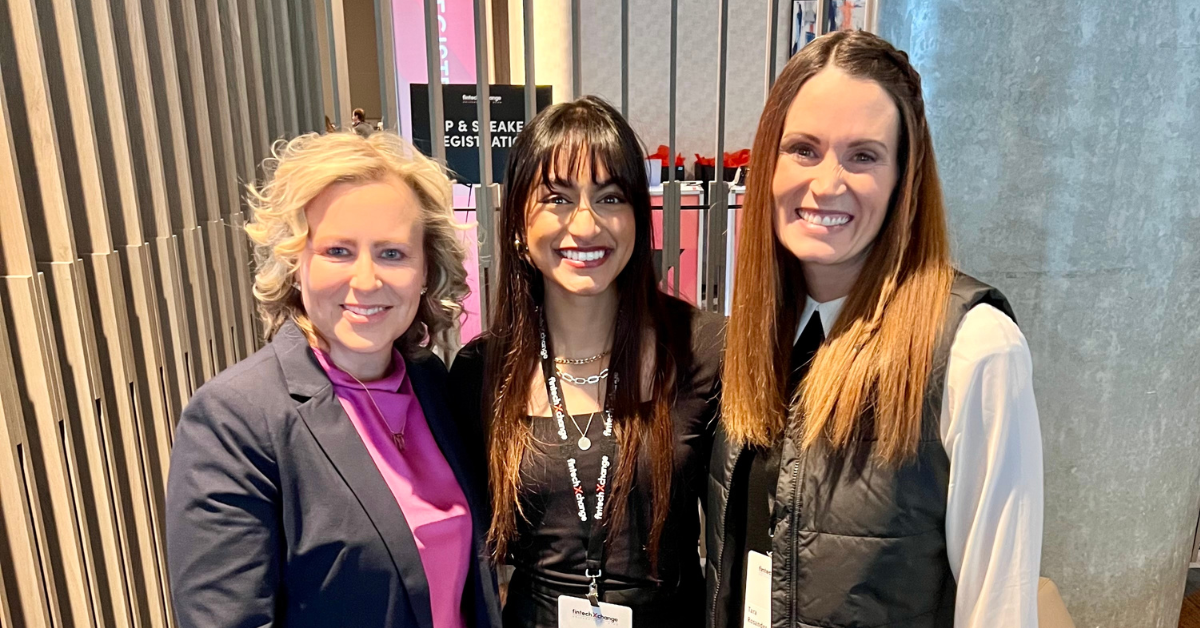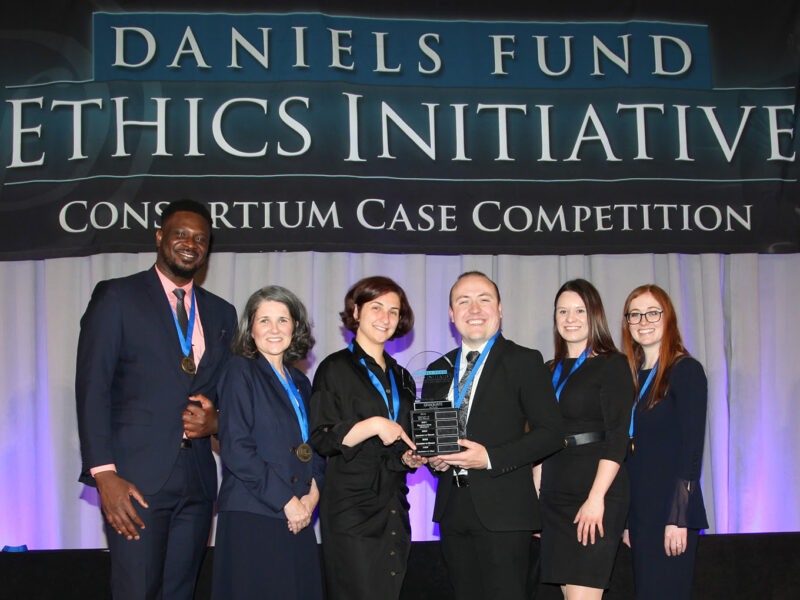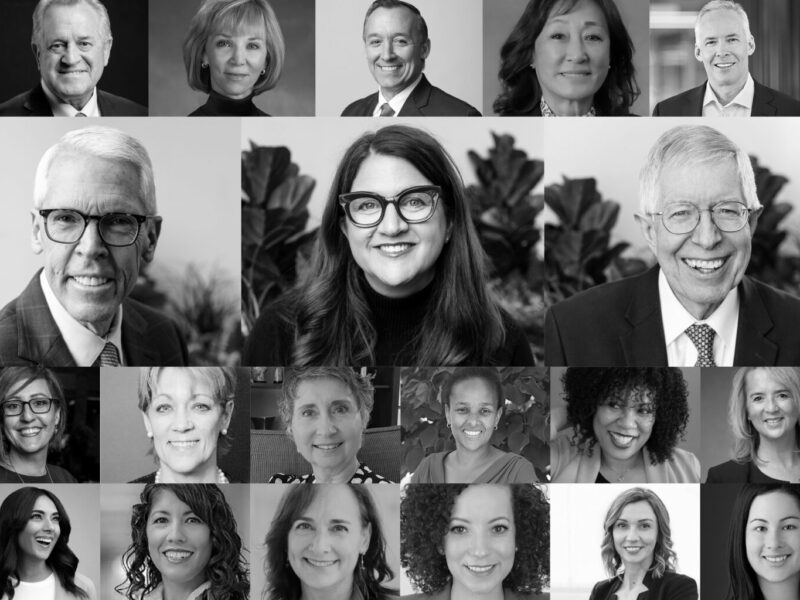
Can the world’s biggest problems be solved without women?

From 2024 to 2030, AI is expected to grow more than 37 percent every year. It’s developing medical treatment plans, predicting flooding, fighting wildfires and streamlining hiring—we’re just getting started. Soon, it will drive cars, discover medical cures and save endangered species. In every industry and every part of life, the way we solve problems is changing, and it’s being driven by technology and innovation.
But like all technology, a product is only as good as its inputs. Solutions created by AI will reflect the ideas, opinions and evaluations of its creators—and only 22 percent of the global AI workforce is female.
Countless studies show how men and women solve problems differently. They ideate differently, assess risk differently, evaluate tradeoffs differently and weigh alternatives differently. Solutions are better when both men and women are part of the problem-solving process. When taken holistically, this means that the AI systems and tools working to solve the world’s biggest problems are missing insights from half of the world’s population. They’re missing women. They’re missing better solutions.
The answer to this problem starts long before AI implementation—it starts in grade school. When girls look around at career opportunities today, they don’t see women in technology development or leadership roles. Sometimes that’s because those women aren’t visible, but often it’s because those women don’t exist. But they need to exist, and they need to be seen so girls can see what’s possible. That visibility and connection with a real person can inspire and motivate girls in ways a class or teacher never could.
This is where I met Manya Nair. She had a strong inclination toward technology, science and mathematics and was searching for direction in a landscape filled with opportunities. However, her search was limited by who she saw represented in the fields she explored.
Manya represents thousands of high school girls struggling to see their unlimited potential. I was lucky enough to meet Manya, and she was eager to engage with our tech community. She jumped into the SheTech experience—a program where we have interacted with 35,000 high school girls to help them see how their dreams can be fulfilled in tech. The SheTech program was a catalyst for Manya’s decision to choose tech.
“I saw more than I thought was possible in STEM. I met women in STEM careers I didn’t know existed, and these women mentored and inspired me to see my place in tech and the endless possibilities of a STEM career,” Manya says. “They had not only forged paths for me but were my champions, opening doors for me every step of the way.”
That is what all students need—not just to know about opportunities but to see their place in how to impact the world. Technology and the creativity of diverse minds are critical to innovation and solving big problems.
Manya’s experience in SheTech was transformative. It solidified her interest in technology and science and gave her the confidence to pursue even more classes and opportunities in STEM. Before she finished high school, she participated in the SheTech internship, interacted with more mentors and learned about different career pathways. She even became an intern at one of the tech companies she met during her SheTech internship.
Manya is now a senior at the University of Utah studying data science and fintech and has completed several tech internships at Silicon Slopes companies including Domo, Lucid and OC Tanner. She is currently working for Proofpoint. She saw her place and she grabbed it. Her journey is proof that mentors and role models can help guide girls into STEM, developing women in tech in a way that skills and classes can’t do alone.
This is the impact and activation we need for every single high school girl. If we don’t, the number of women in tech will never catch up proportionally to the growth of the technology sector, and the tech innovations that drive our world will be missing critical inputs. This is not a talent pipeline issue for companies; it’s a quality-of-life issue for all of us.
No matter who you are or where you live, reach out to the high school girls in your personal circle—family, friends, neighbors and community members. Talk with them about their interests, their future and what they need to find a path. Help them sign up for SheTech (The next Explorer Day is March 14!) so they can meet real women in roles they didn’t know existed and discover possibilities they never imagined. This may seem small, but this path will shape their future, their family’s future and our collective future in real and critical ways.
We all need their help solving the greatest problems we face, and we need your help showing them that there’s a seat waiting for them at the table. ![]()





